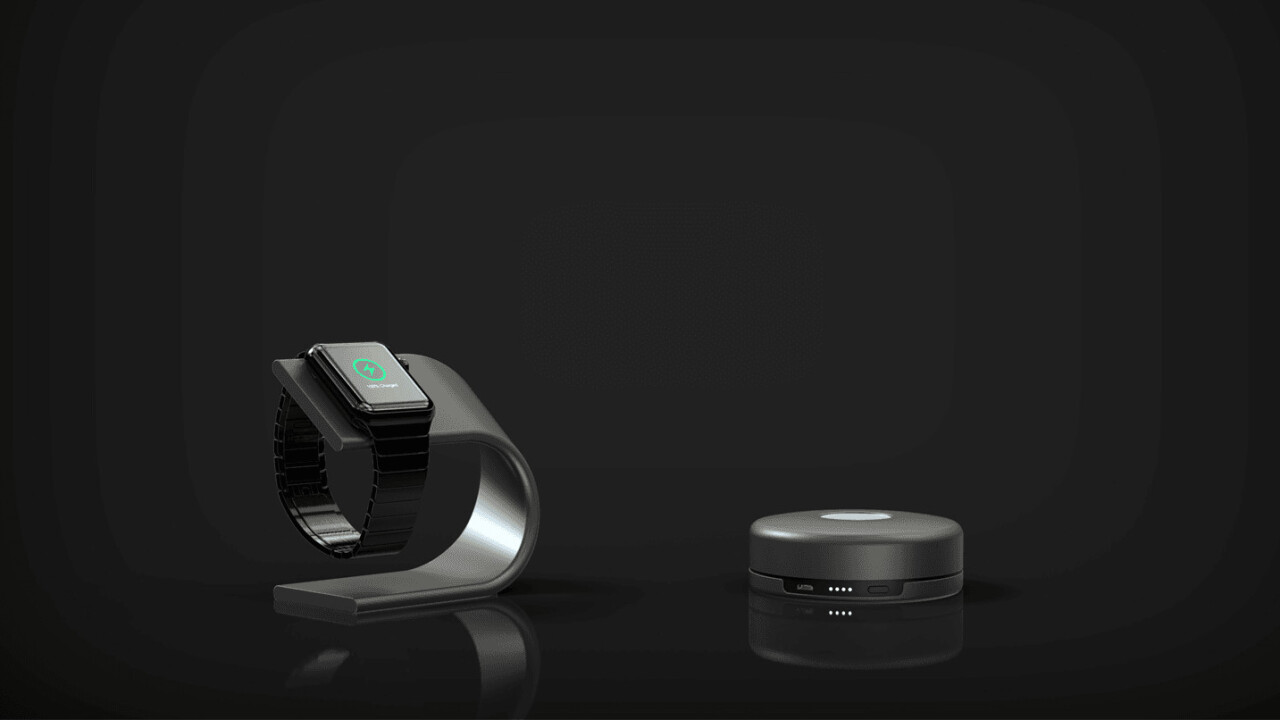
 Technological innovation tends to unfold exponentially and ruthlessly; whenever a new technology takes over, an old one falls out of popular usage and becomes obsolete.
Technological innovation tends to unfold exponentially and ruthlessly; whenever a new technology takes over, an old one falls out of popular usage and becomes obsolete.
For example, once email became adopted by the vast majority of the working world, snail mail became a nostalgic relic of the past (for most individual communications). By the time Blu-ray discs gave us a platform for high-definition video, VHS tapes were long dead. It’s hard to predict what technology will next go obsolete, since many soon-obsolete technologies are current mainstays in daily life and phase-outs tend to be gradual, fading out almost imperceptibly.
However, there’s one very simple technology that could be in the midst of a decades-long transition toward obsolescence, and the general public hasn’t yet realized how quickly it’s fading from daily life: wires and cords.
Used for a wide variety of purposes, cords and wires are meant to transmit electrical currents, whether that’s transmitting power (like in charging cables), or data (like in USB or ethernet cables). Until recently, every new electronic device you purchased either came with or required the purchase of several individual cords, meant to power it and connect it to various other devices.
Today, a bigger percentage of our devices are now wireless by default, and companies are making even bigger pushes to get rid of these cables altogether. So could 2018 be the first year that wires and cords become obsolete?
A caveat
Before I go any further, I should name a caveat to this discussion; for the foreseeable future, there will be no technology that can truly replace all the wires and cables we use. For example, the internet currently relies on thousands of miles of underground fiber-optic cables to transmit data, and to find any technology capable of replacing its cost-efficiency and operational functionality would be a near-impossible challenge to complete within the decade.
Instead, I’ll describe the obsolescence of wires as being centralized to residential locations; the day when only a small percentage of your electronics require wires of any kind, and when you’re surprised to see wires on any new device, will be the day wires have become “obsolete.”
Existing technologies
 We can trace the path of corded obsolescence by evaluating the technologies that have already made cords obsolete in their own respective areas.
We can trace the path of corded obsolescence by evaluating the technologies that have already made cords obsolete in their own respective areas.
For example:
- Wi-Fi. Wi-Fi has become extraordinarily common, to the point where many users have forgotten that you ever needed a wall-based cable to connect to the internet. Wi-Fi uses radio waves, just as radios, TV, and cell phones have in the past, to transmit packets of data back and forth between devices. Because of its cost-efficiency and high integrity, Wi-Fi is present in most homes, coffee shops, and public places, and a number of cities in the United States are looking into providing city-wide internet without the need for cords in every home.
- Bluetooth. Bluetooth is a technology that most people use, but few people actually understand. It functions similarly to Wi-Fi, but with a few key differences. It operates in the same frequency range as both Wi-Fi and microwaves, but uses a specialized RF field to synchronize a “master” device and up to seven “slave” devices that can communicate with each other over short distances. This technology has made cords virtually unnecessary for short-range communications between devices.
- Near-field communication (NFC). Similar to Bluetooth, NFC is severely limited by distance but consumes far less power. It’s most useful in crowded situations to prevent interference from other devices and communications.
Still, there’s one major area of transmission where cords are largely still necessary: device charging.
Wireless chargers
 That being said, we’re making substantial progress in researching wireless charging methods. According to one study, the wireless charging industry is set to grow an average of 60 percent annually through 2020. Given the utility of wireless charging, it’s likely that we’ll keep pushing until we make it a practical reality.
That being said, we’re making substantial progress in researching wireless charging methods. According to one study, the wireless charging industry is set to grow an average of 60 percent annually through 2020. Given the utility of wireless charging, it’s likely that we’ll keep pushing until we make it a practical reality.
Currently, there are three types of “wireless charging” available, including inductive charging, resonant charging, and RF charging. Of the three, inductive charging seems to be the most likely candidate for dominating the field. Already, charging pads are capable of wirelessly charging small devices like smartphones, though they’re limited by distance; inductive charging relies on magnetic coils, and the few-inch diameter of the ones in charging pads aren’t enough to carry power over long distances.
There’s much hope for the future of this technology; even back in 2007, an MIT physics professor was able to transmit power over a distance of 2 meters, with 40 percent efficiency. We have a few more years of research before inductive charging is cheap or practical enough to replace charging cables entirely, but we’re on our way.
The corporate push
Another factor motivating the obsolescence of cords is tech companies’ motivations in eliminating them. One of the biggest and most publicly recognizable examples of a company cutting a cord in recent memory is Apple’s decision to eliminate the 3.5 mm headphone jack, which was once standard, from the iPhone 7.
Many other companies have followed in Apple’s footsteps, proving that even this controversial move was a step in the direction most tech companies want to go; for example, Google’s Pixel recently launched without a headphone jack, paired with Pixel Buds—Google’s version of wireless AirPods.
Most companies want to make their electronic devices as small, as portable, as cleanly designed, and as convenient and forward-thinking as possible. Today, that means minimizing the cords and wires necessary to use the device, even if it means temporarily disrupting user habits.
The bottom line
So is 2018 going to be the year when all manner of cords, wires, and cables go obsolete? It seems unlikely that everything we need to banish wires to the realm of old technologies will unfold by the end of the year, but we’ll almost certainly make progress in that direction. Consumers, tech companies, and engineers are all striving to make the world as wireless as possible, and our momentum is unlikely to slow until we make meaningful progress in making that wireless dream a reality.
Get the TNW newsletter
Get the most important tech news in your inbox each week.




